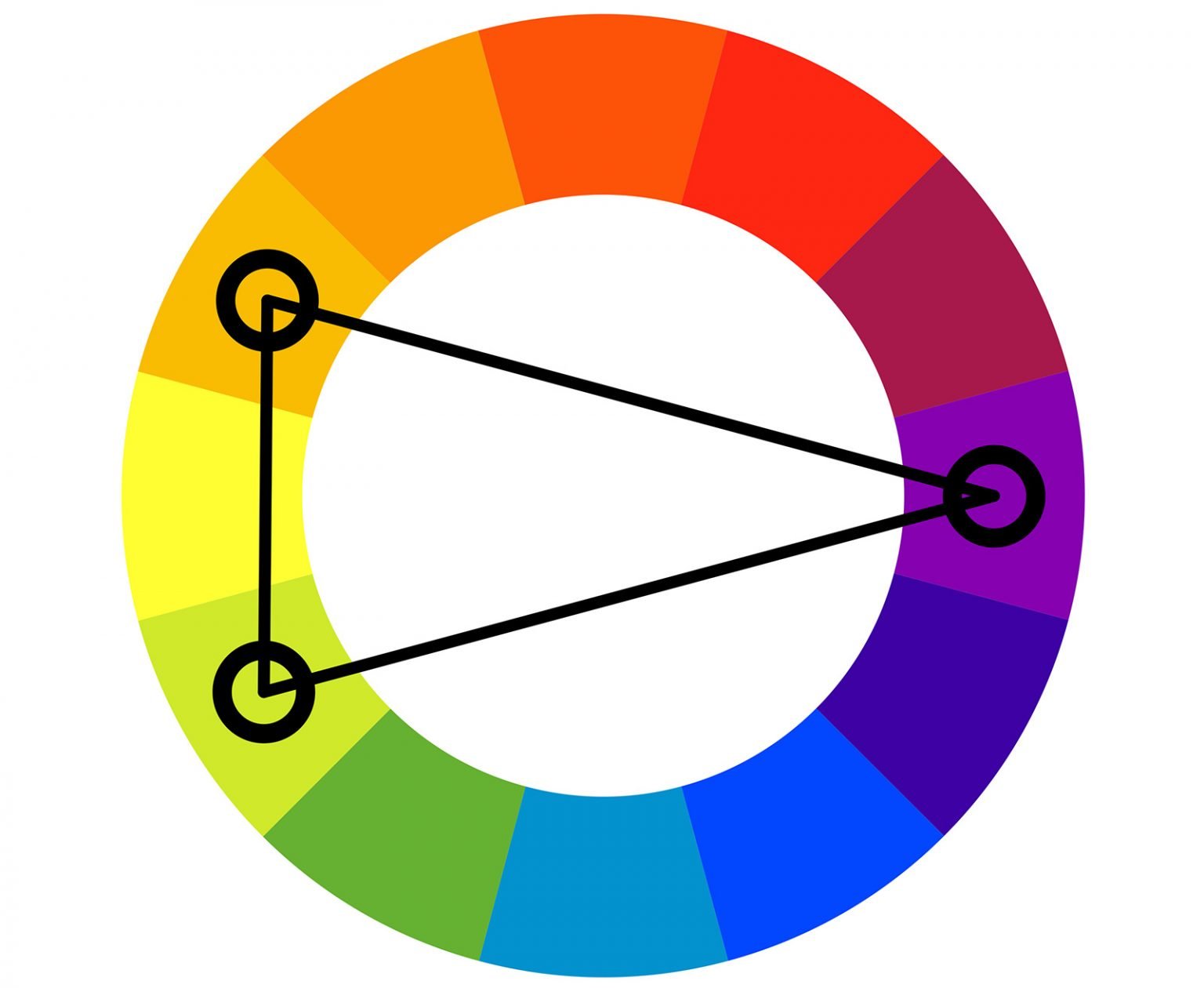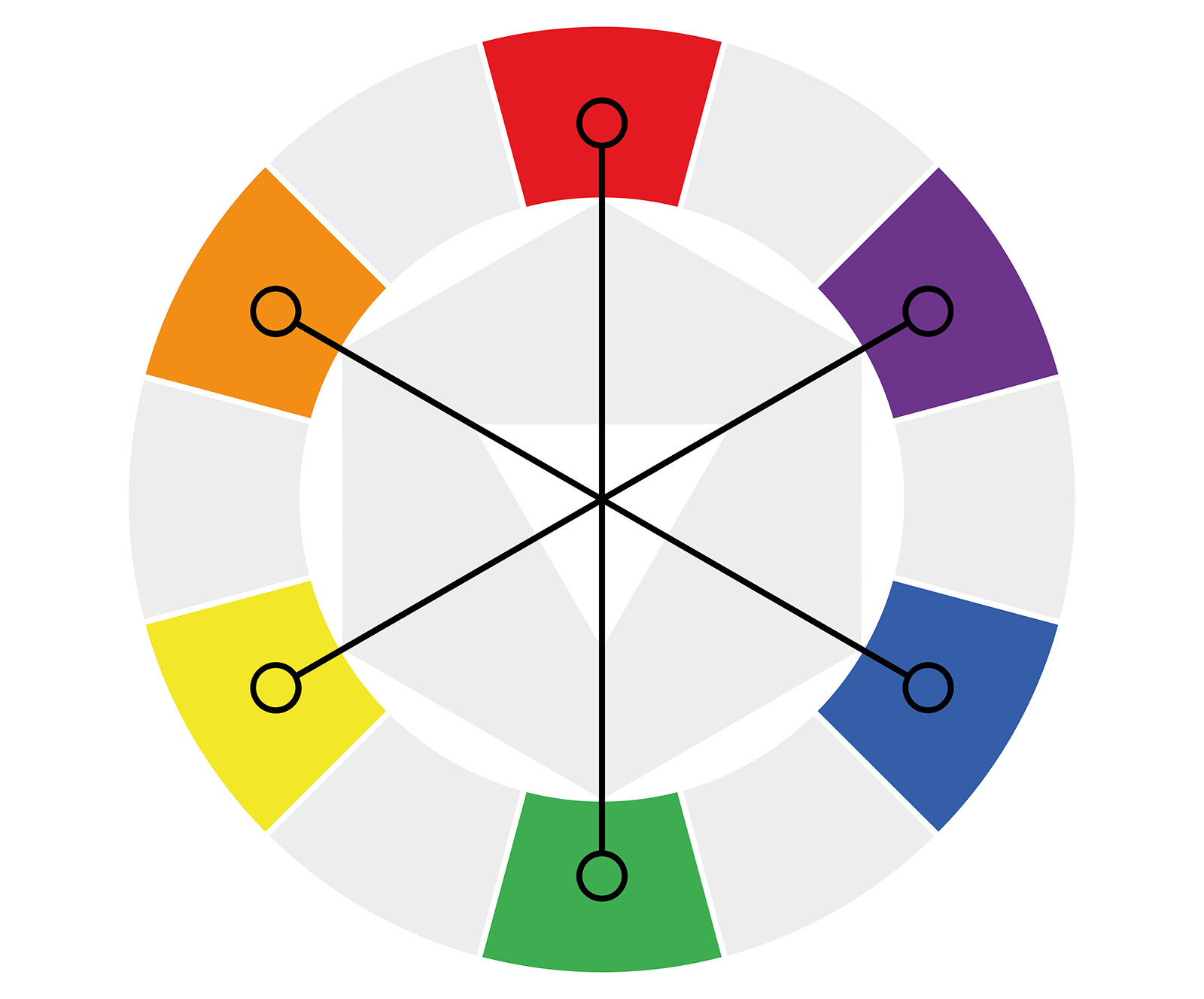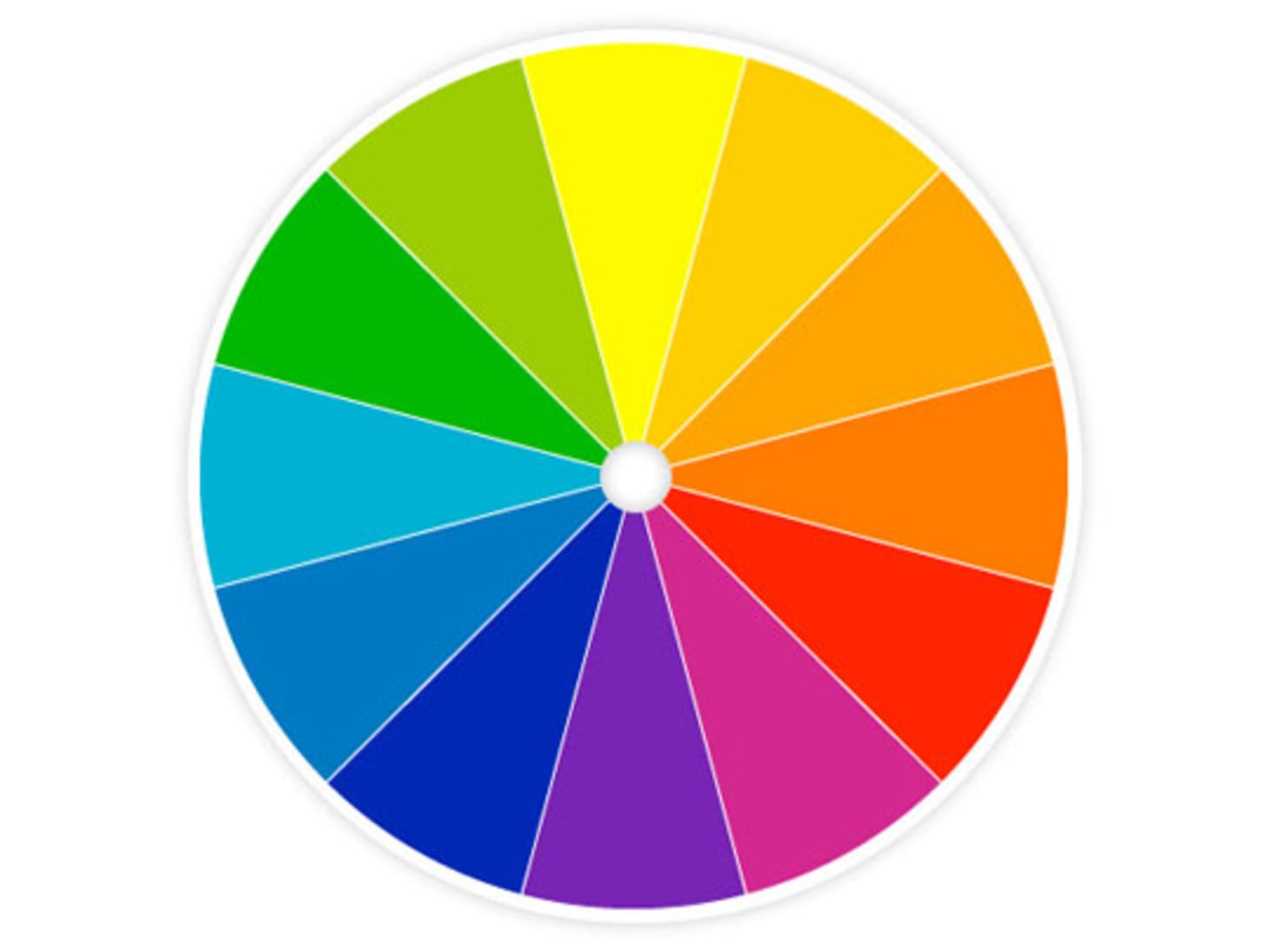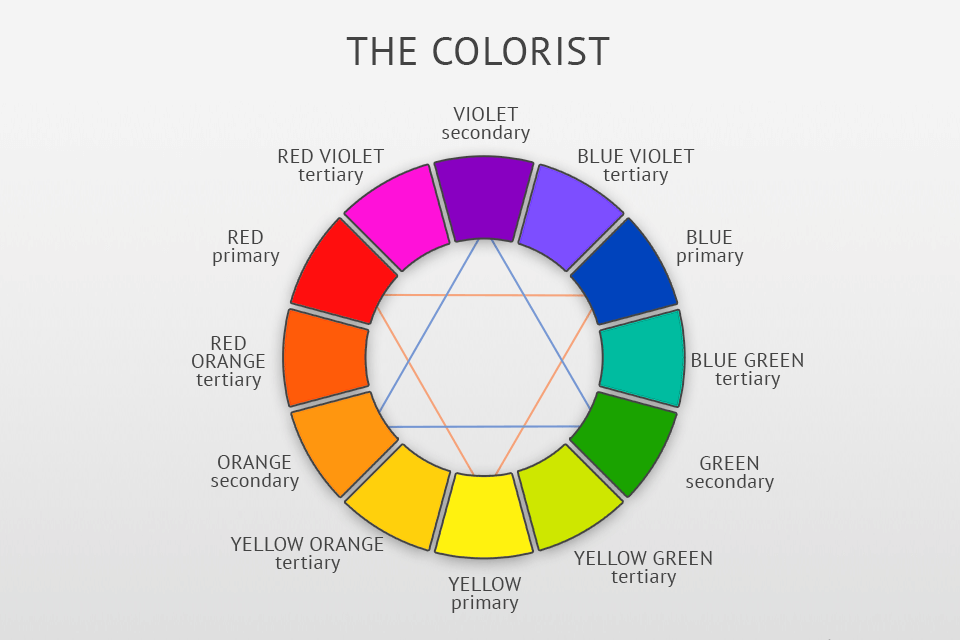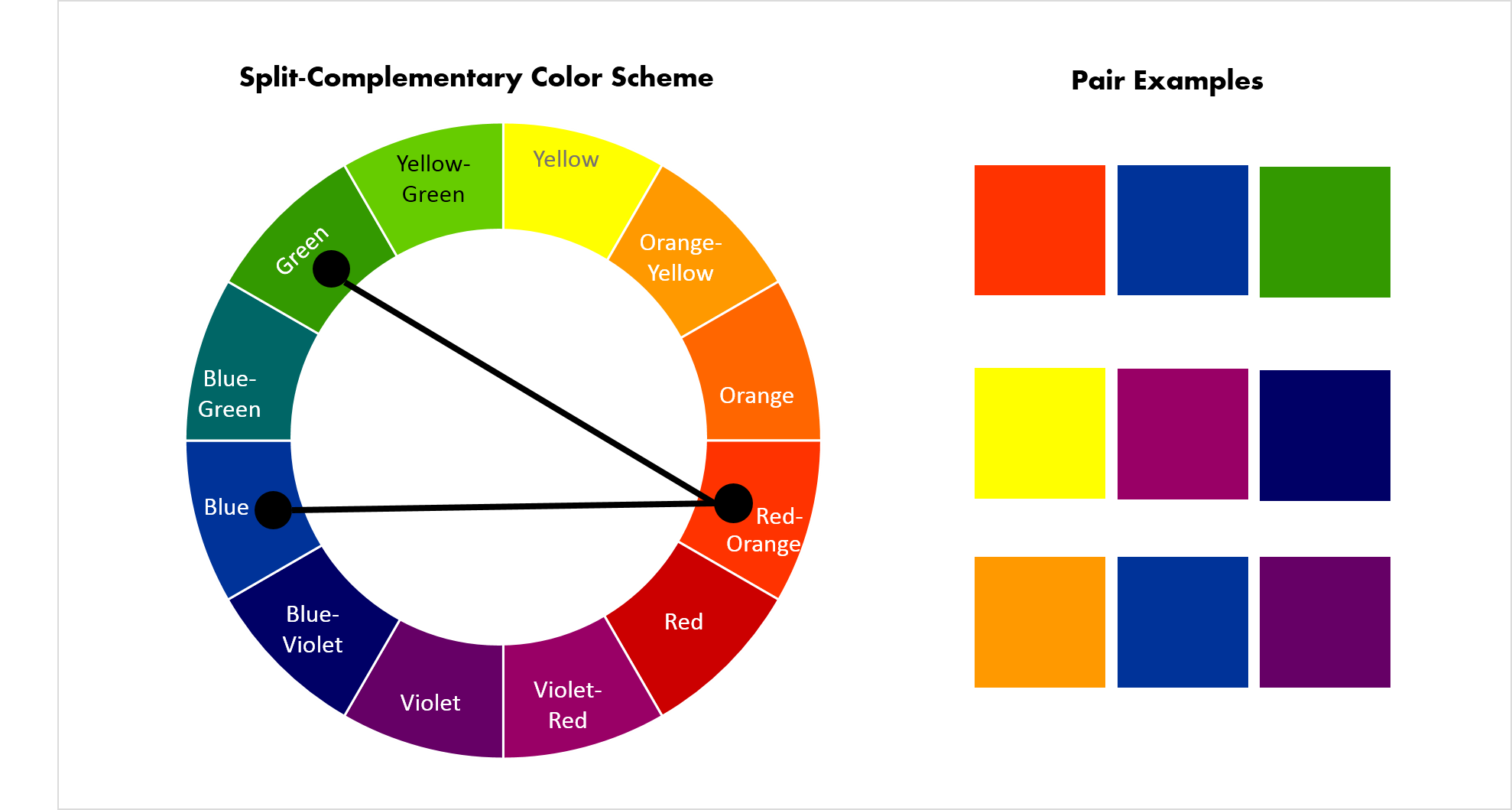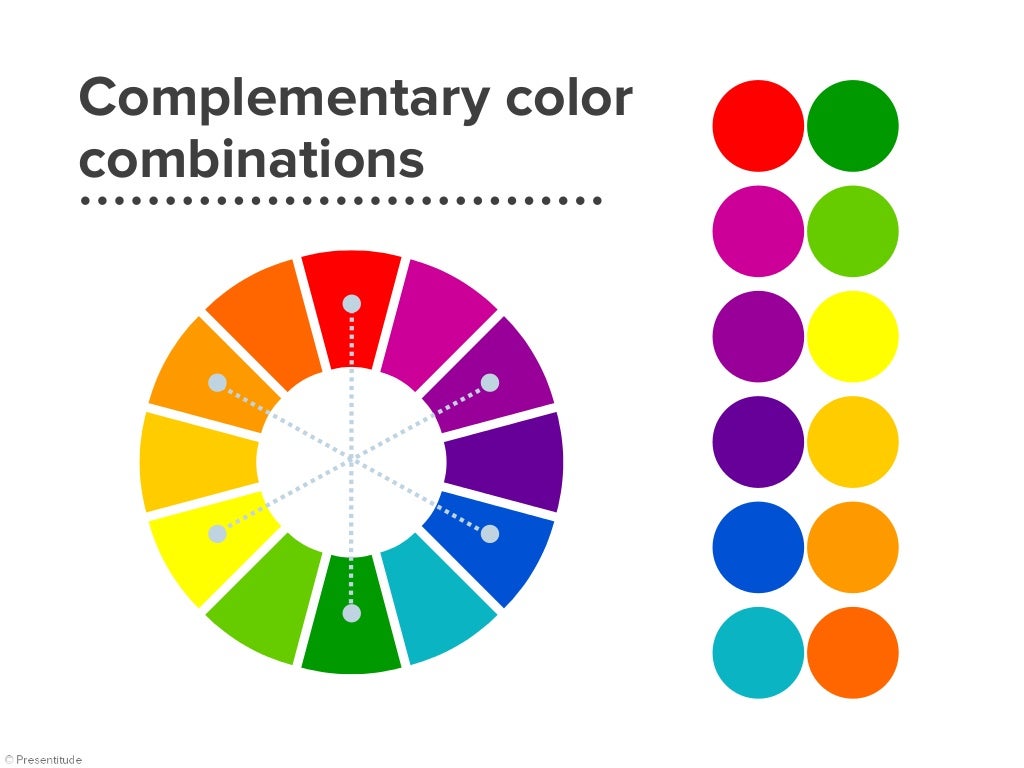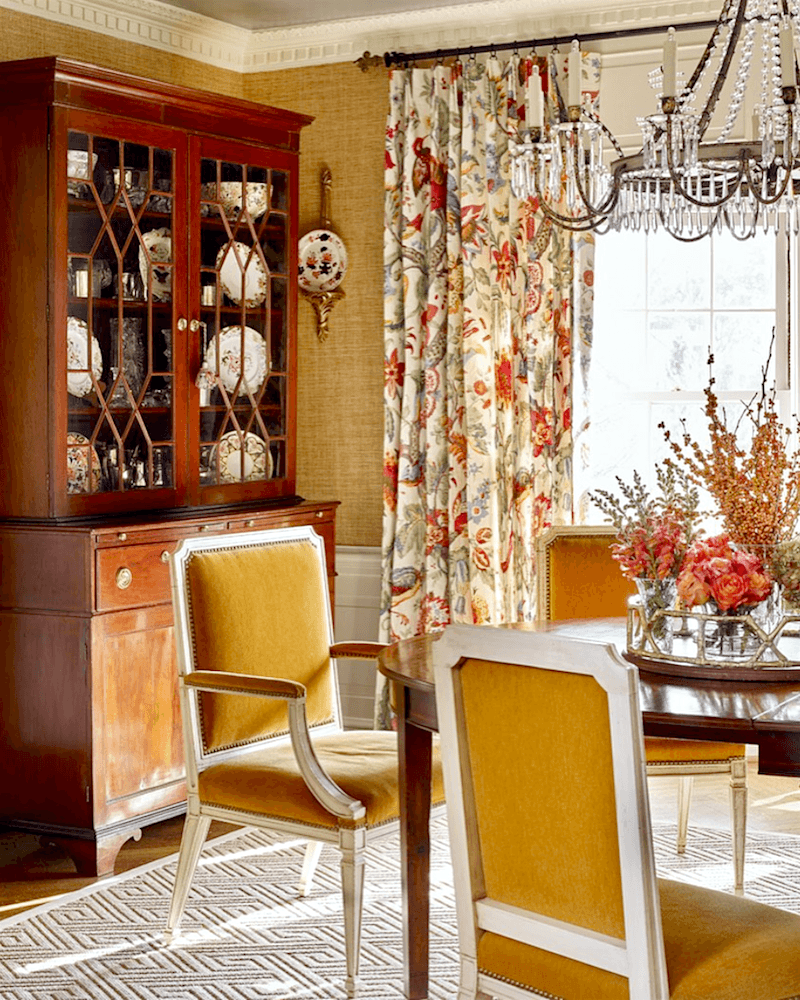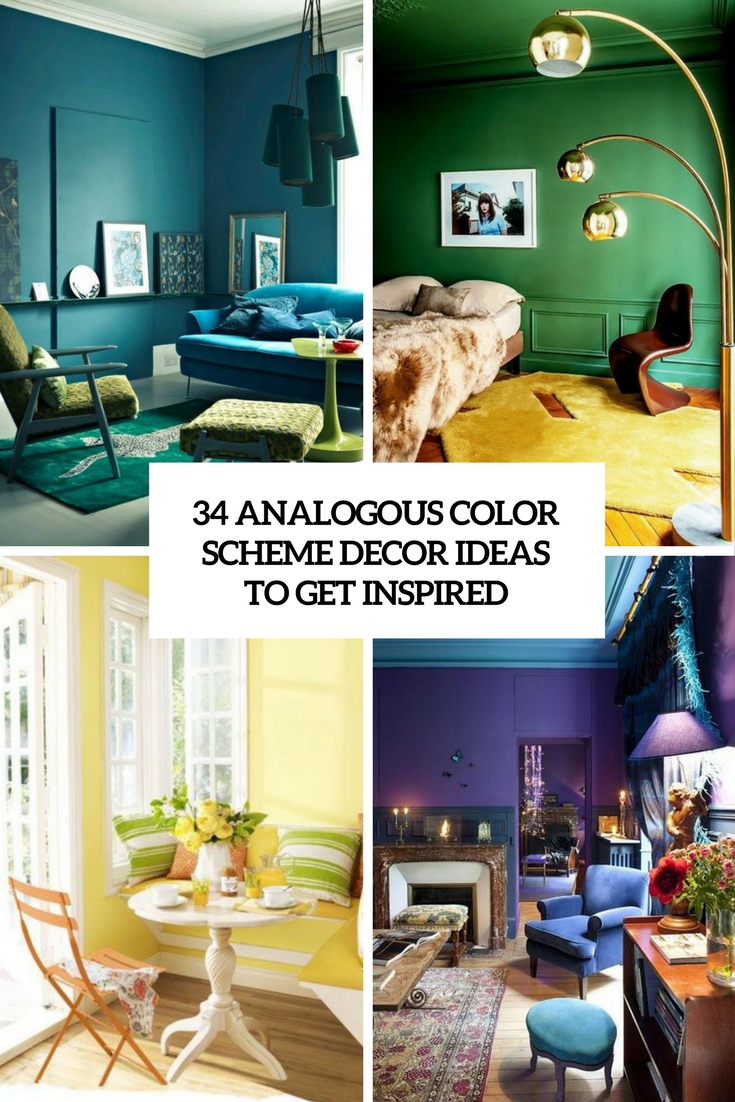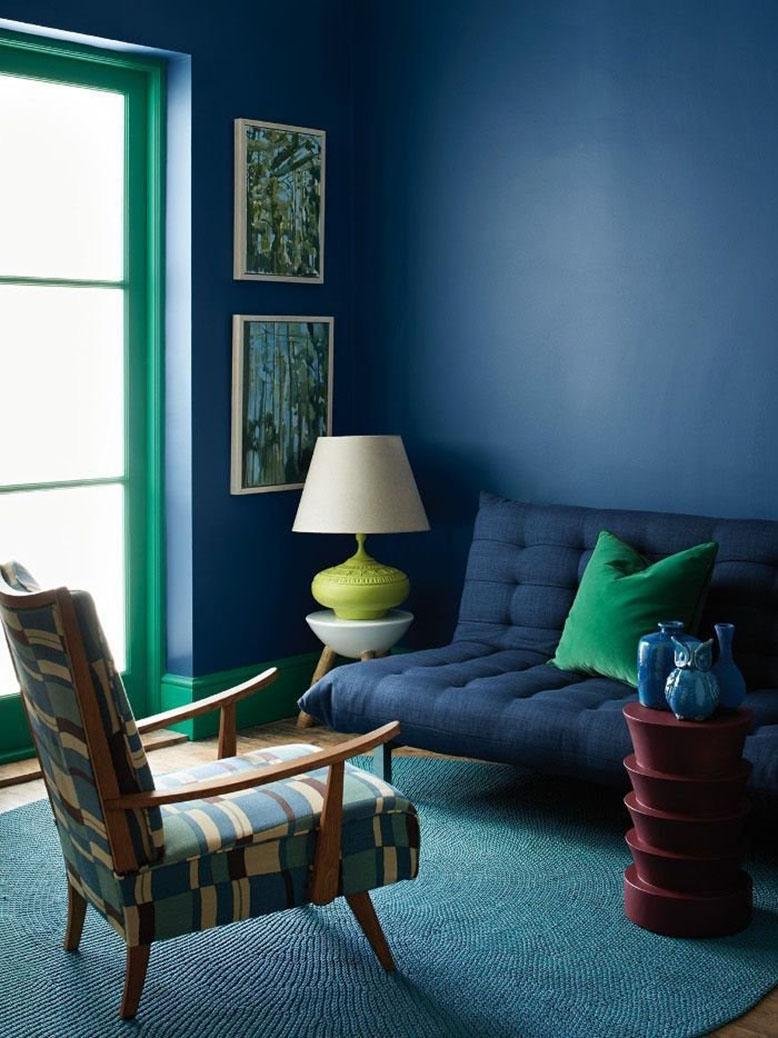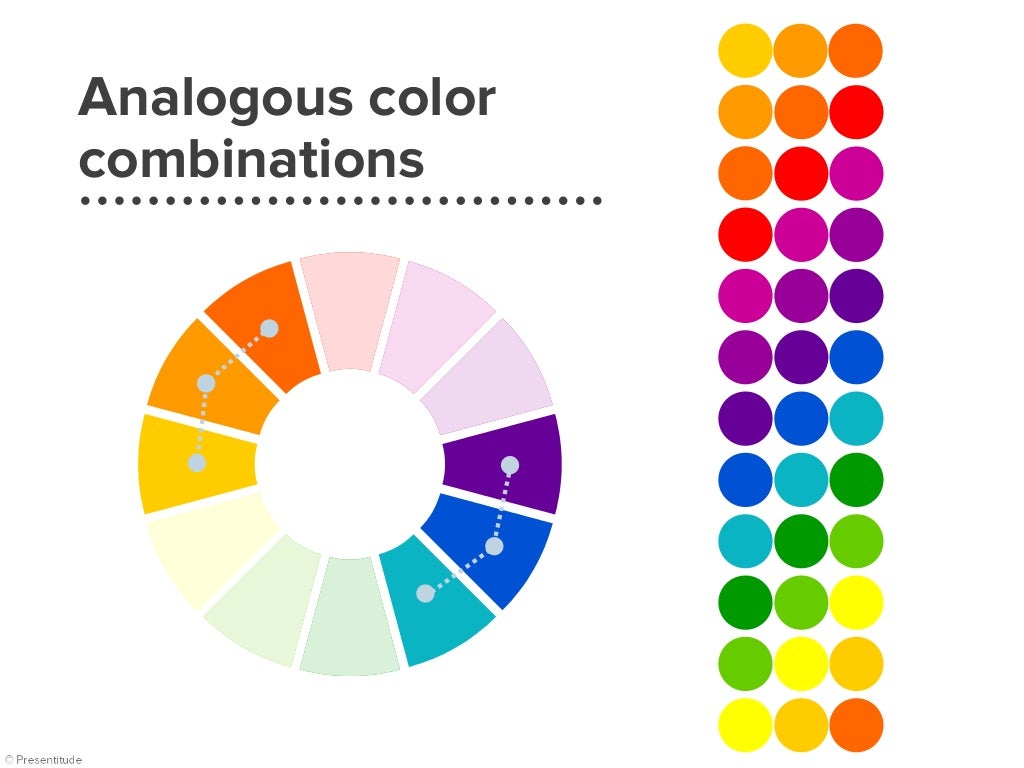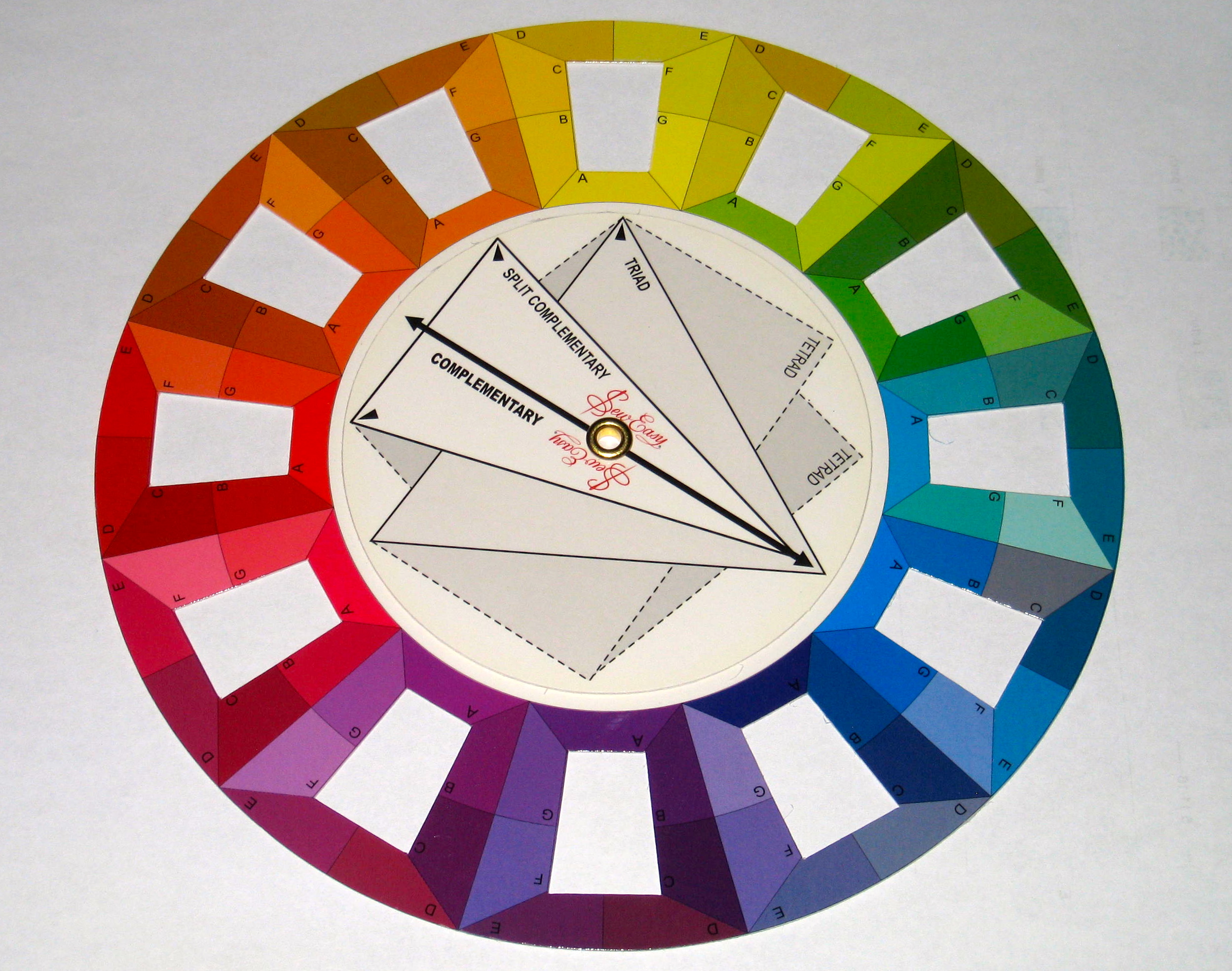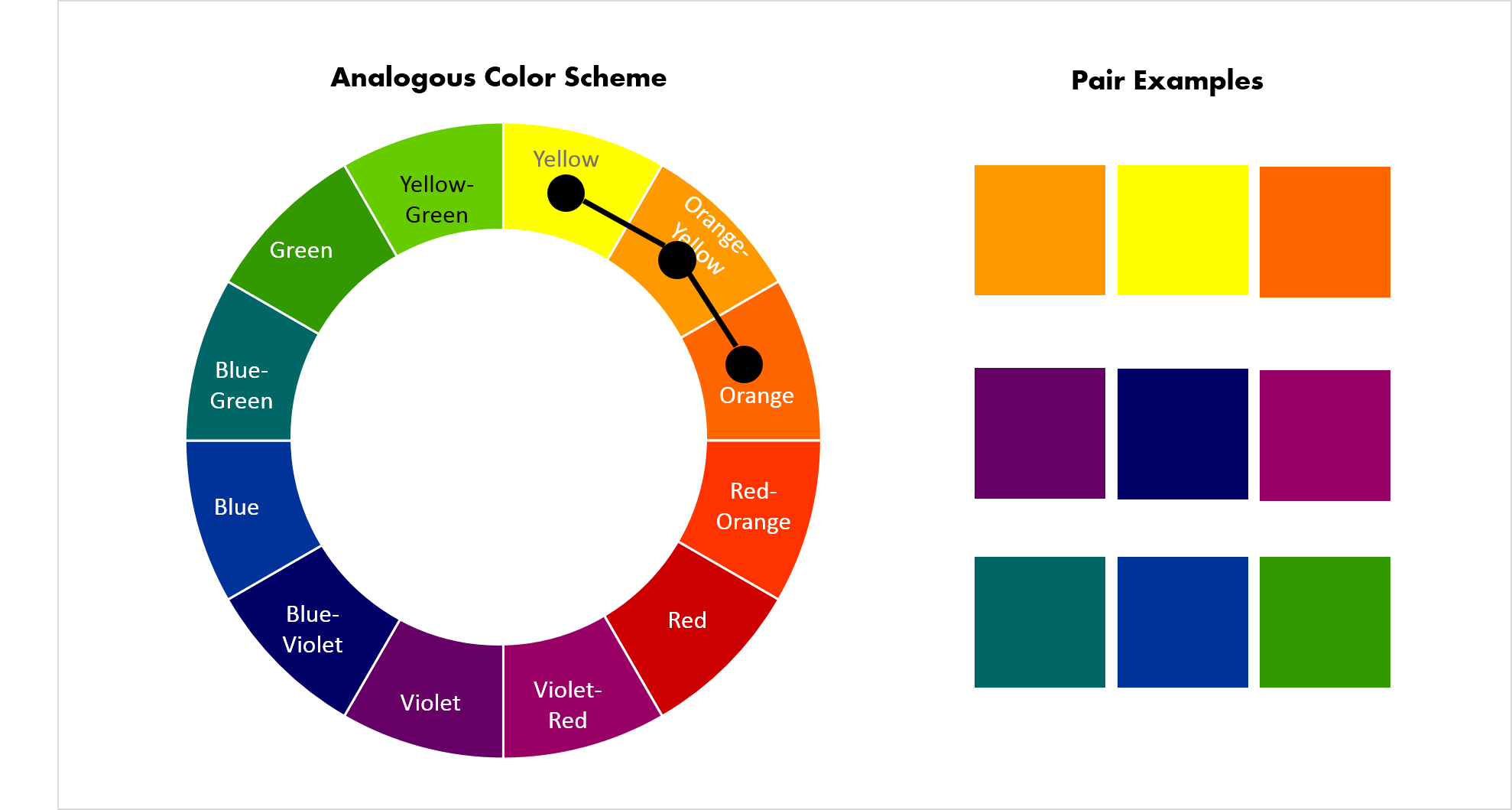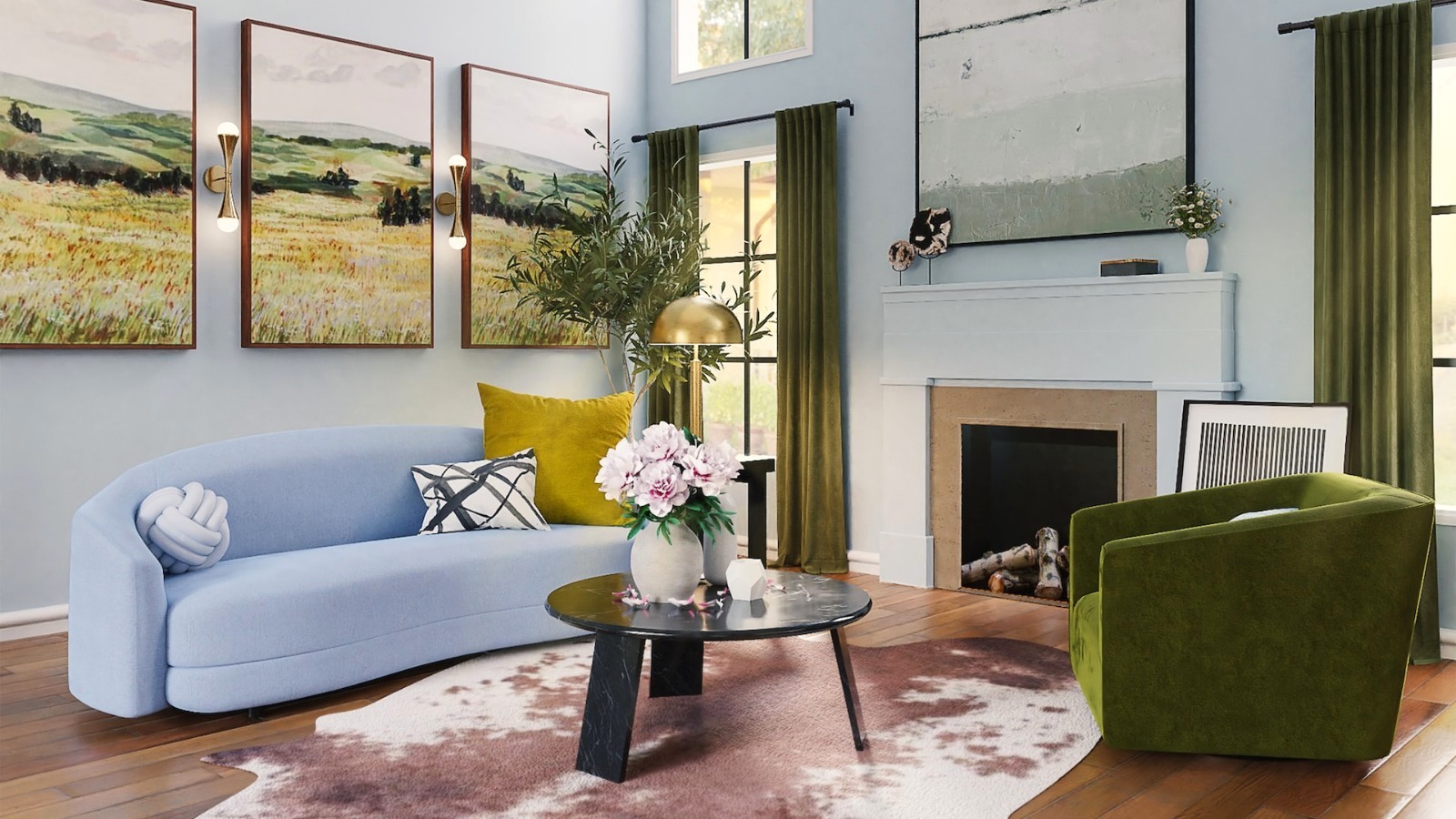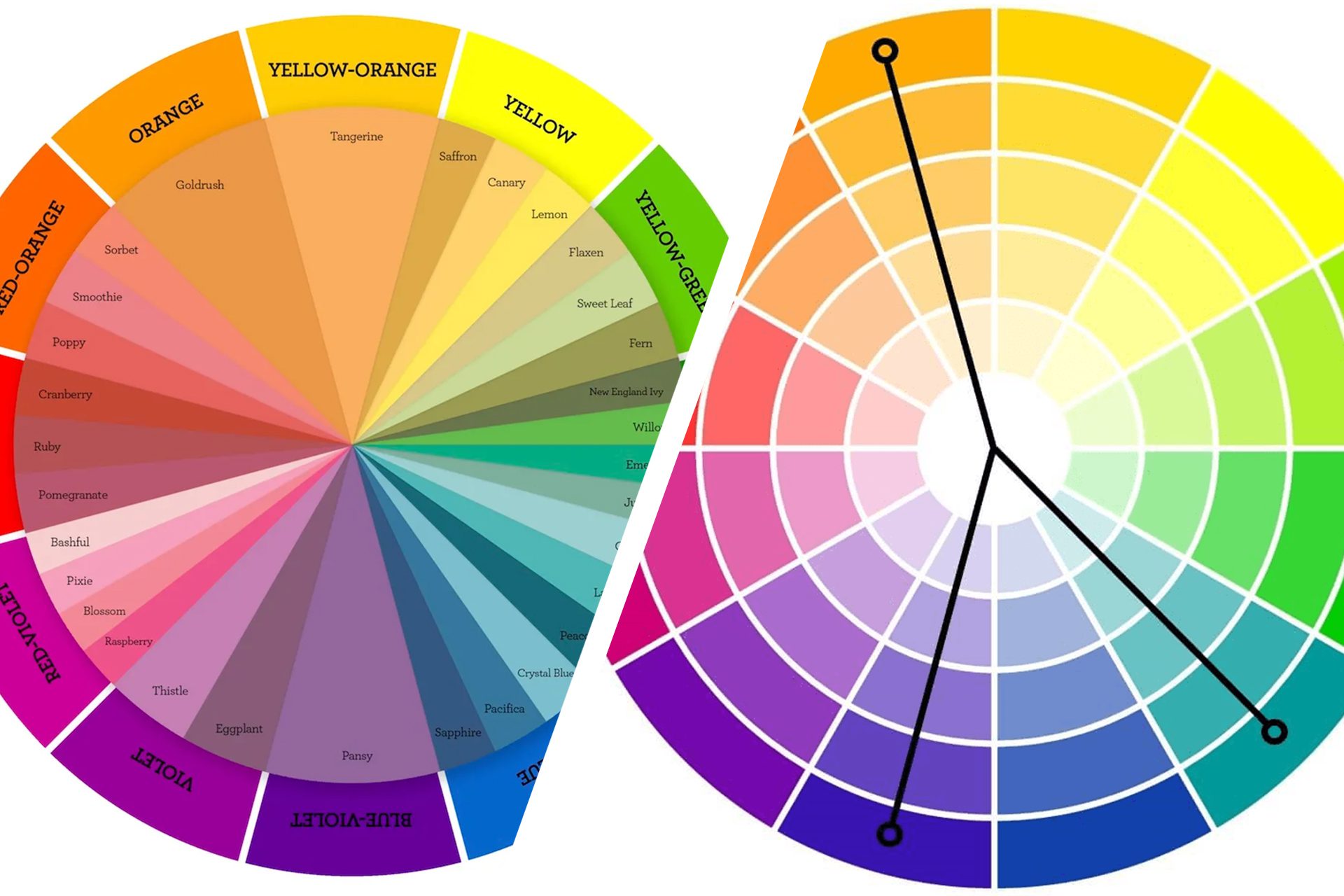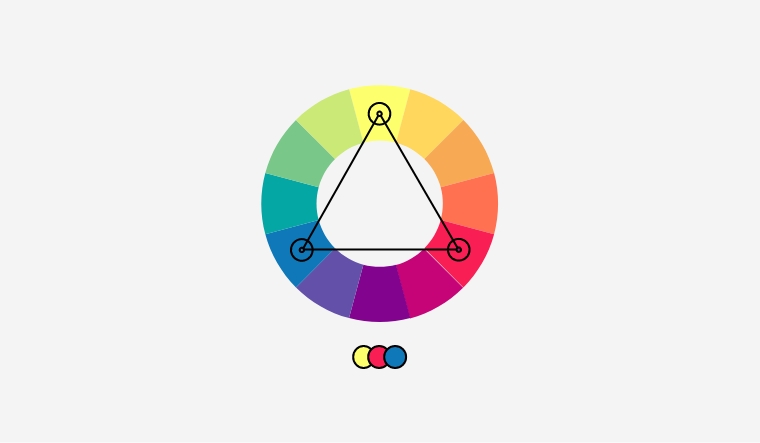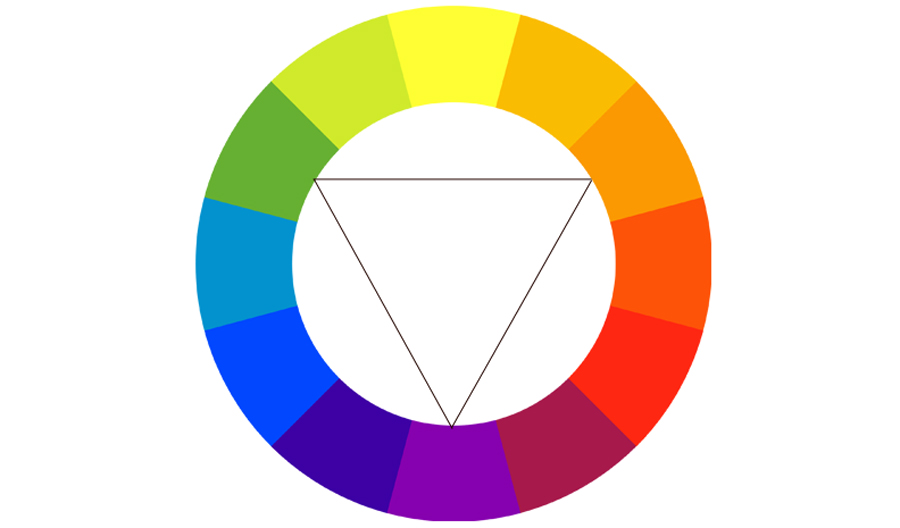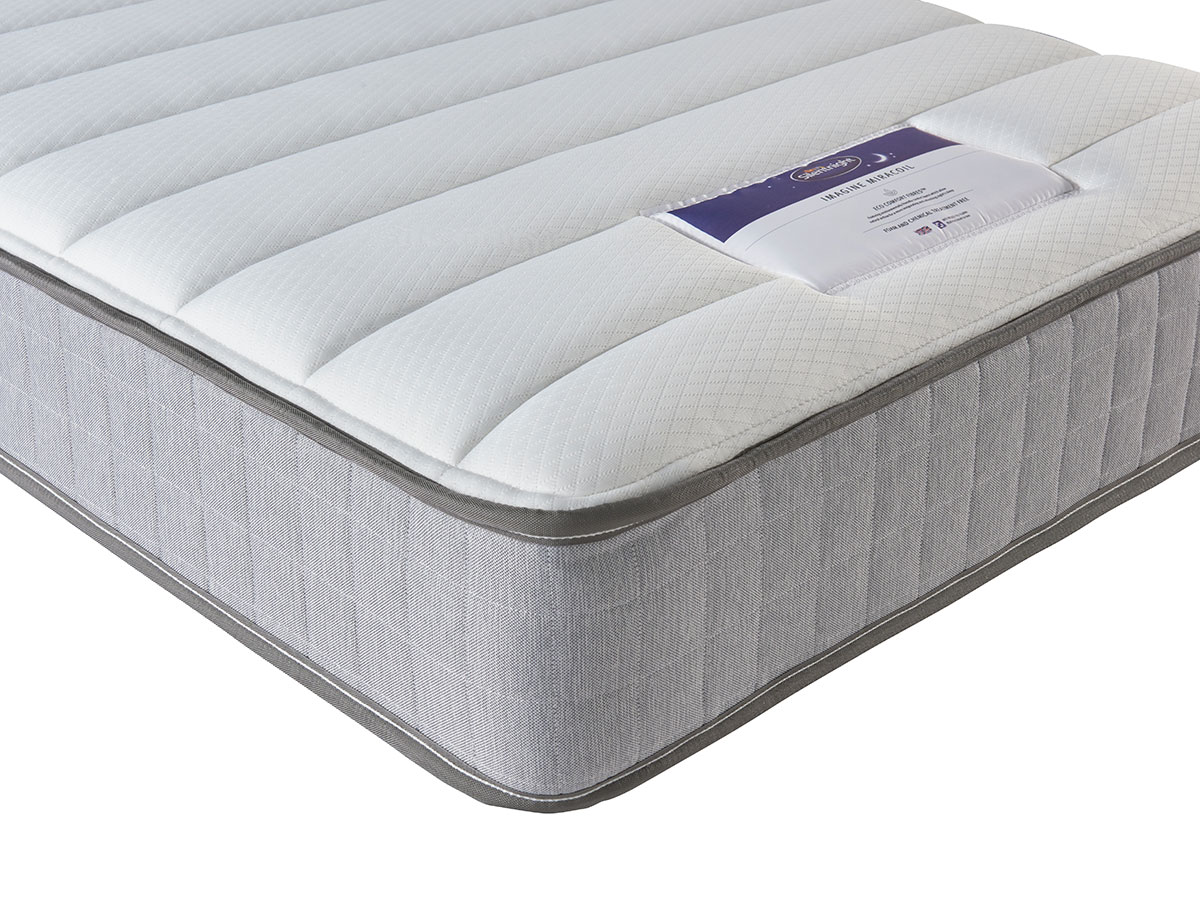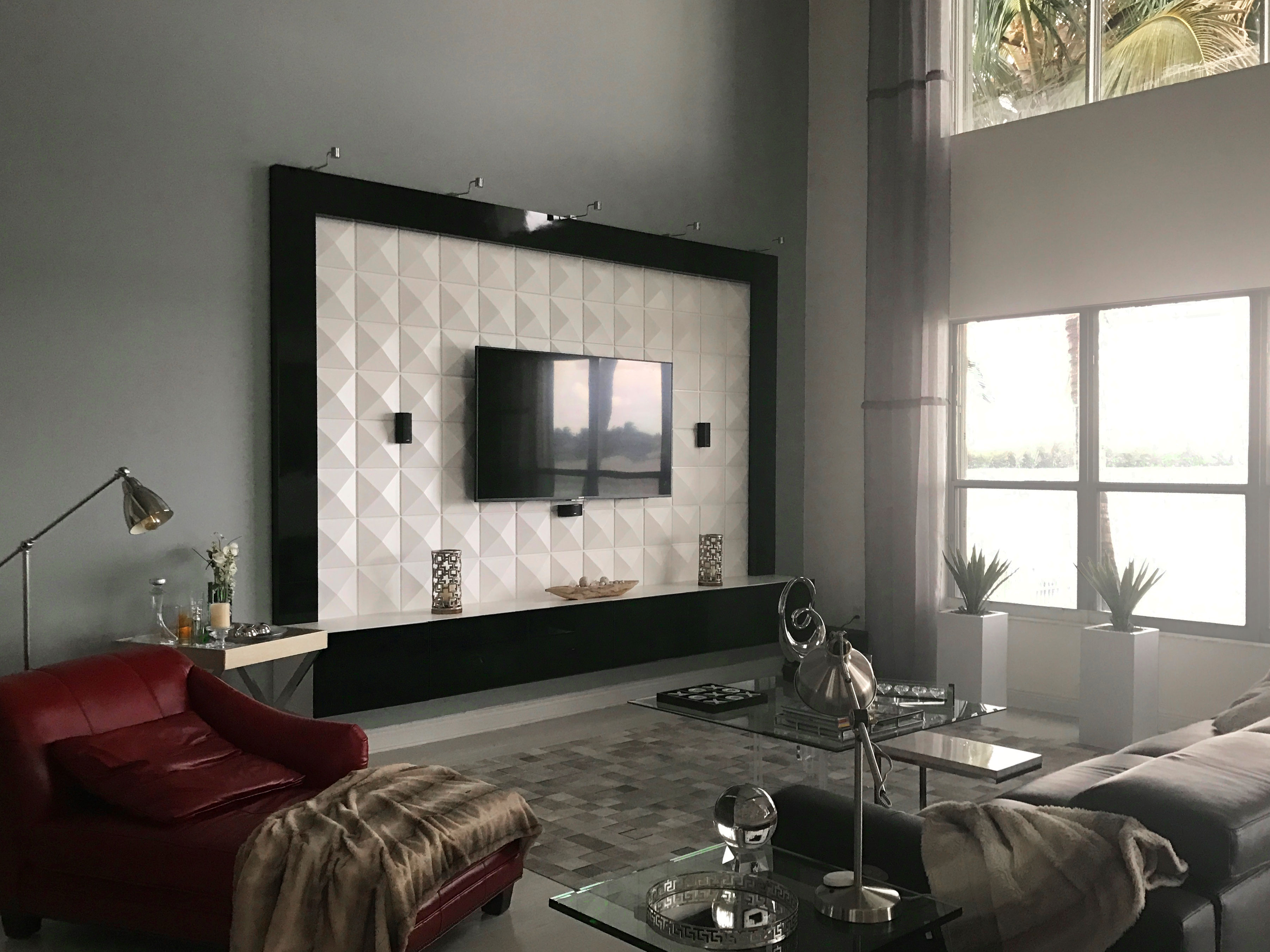A neutral color palette is a classic and timeless choice for any living room and dining room. It consists of shades such as beige, grey, and white, which create a calm and soothing atmosphere. These colors are perfect for those who prefer a minimalist and understated look in their home. Neutral color combinations are also versatile, making it easy to incorporate different styles and textures into the room.Neutral Color Palette
A monochromatic color scheme involves using different shades and tints of the same color. This creates a cohesive and harmonious look in the living room and dining room. For example, shades of blue can range from light baby blue to a deep navy, creating a serene and elegant space. This color scheme is great for those who want a subtle and sophisticated look in their home.Monochromatic Color Scheme
For a more bold and dramatic look, consider using contrasting colors in your living room and dining room. This involves pairing colors that are opposite each other on the color wheel, such as blue and orange, or purple and yellow. The contrast between these colors creates a striking and eye-catching effect in the room. However, it's important to use these colors in moderation to avoid overwhelming the space.Contrasting Colors
Another dynamic color combination for your living room and dining room is using warm and cool tones together. Warm colors, such as red, orange, and yellow, add a sense of energy and coziness to a room, while cool colors, like blue, green, and purple, create a calming and relaxing atmosphere. By combining these two color families, you can create a balanced and inviting space.Warm and Cool Tones
For a natural and earthy feel in your living room and dining room, consider using earth tones. This color palette includes shades such as brown, green, and beige, which are inspired by nature. These colors can add a sense of warmth and tranquility to a room, and they also pair well with wooden furniture and decor. Earth tones are a great choice for those who want to bring the outdoors into their home.Earth Tones
If you want to add a pop of color to your living room and dining room, consider using bold color accents. This involves using a neutral color palette as a base, and then adding in bold and vibrant colors, such as red, yellow, or purple, in small doses. These colors can be incorporated through pillows, artwork, or statement furniture pieces. This adds a fun and playful element to the room without overwhelming the space.Bold Color Accents
Pastel hues, such as light pink, mint green, and baby blue, are perfect for creating a soft and delicate look in your living room and dining room. These colors add a touch of femininity and elegance to a room, and they pair well with other pastel shades or neutral colors. Pastel hues are a great choice for those who want a calming and romantic atmosphere in their home.Pastel Hues
Complementary colors are colors that are opposite each other on the color wheel. When used together, they create a high-contrast and dramatic effect in a room. For example, pairing purple and yellow, or red and green, can add a sense of energy and vibrancy to a space. These colors are best used in small doses to avoid overwhelming the room.Complementary Colors
An analogous color scheme involves using colors that are next to each other on the color wheel. This creates a harmonious and cohesive look in a room. For example, shades of blue and green can be used together to create a tranquil and serene atmosphere. This color scheme is great for those who want to add some color to their living room and dining room without it being too overpowering.Analogous Color Scheme
A triadic color combination involves using three colors that are evenly spaced on the color wheel. This creates a balanced and energetic look in a room. For example, using shades of purple, green, and orange together can add a sense of playfulness and fun to a space. It's important to use these colors in moderation to avoid creating a chaotic and overwhelming room.Triadic Color Combination
Creating a Cohesive and Inviting Space

Building a Color Palette
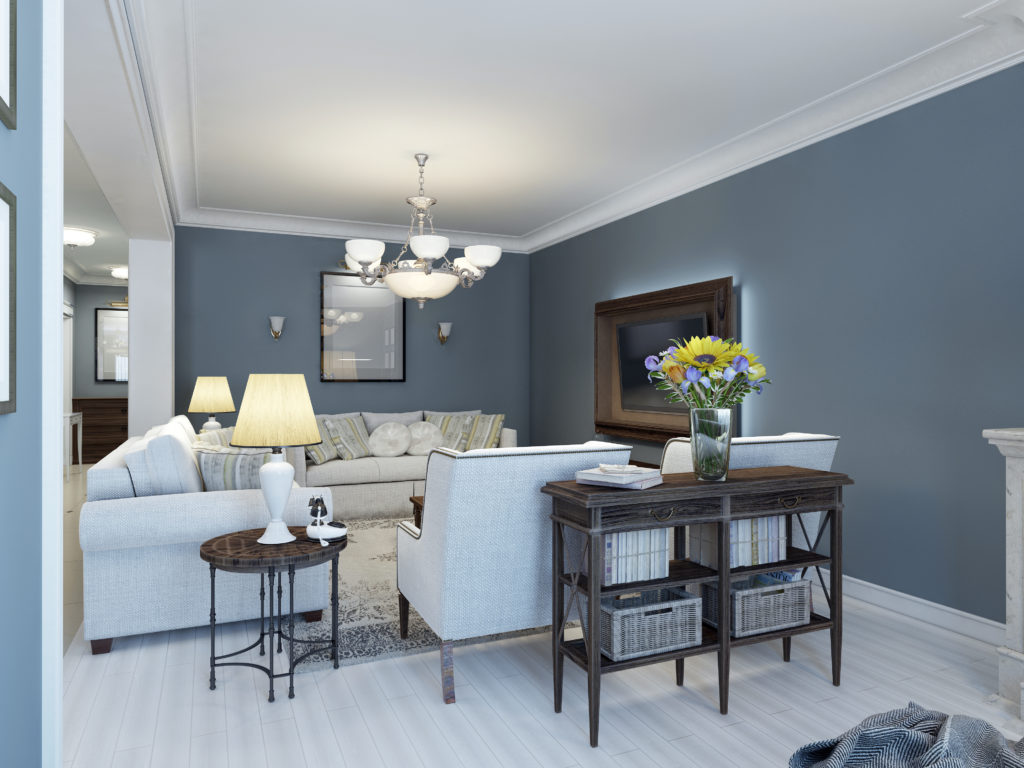 When it comes to designing your living room and dining room, one of the most important steps is choosing the right color palette. This will set the tone for the entire space and create a cohesive and inviting atmosphere.
Color combinations
can be overwhelming, but by following a few key principles, you can easily create a stunning and harmonious design.
When it comes to designing your living room and dining room, one of the most important steps is choosing the right color palette. This will set the tone for the entire space and create a cohesive and inviting atmosphere.
Color combinations
can be overwhelming, but by following a few key principles, you can easily create a stunning and harmonious design.
Consider the Function of the Rooms
 Before diving into color choices, it's important to consider the function of both the living room and dining room.
Living rooms
are often used for relaxation and entertaining, while
dining rooms
are typically reserved for more formal meals. Therefore, it's important to choose colors that reflect these purposes. For a
living room
, consider warm and inviting colors such as shades of
beige
,
cream
, and
tan
. For a
dining room
, opt for more elegant and sophisticated colors such as shades of
navy
,
emerald
, or
burgundy
.
Before diving into color choices, it's important to consider the function of both the living room and dining room.
Living rooms
are often used for relaxation and entertaining, while
dining rooms
are typically reserved for more formal meals. Therefore, it's important to choose colors that reflect these purposes. For a
living room
, consider warm and inviting colors such as shades of
beige
,
cream
, and
tan
. For a
dining room
, opt for more elegant and sophisticated colors such as shades of
navy
,
emerald
, or
burgundy
.
Choose a Dominant Color
 Once you have considered the function of the rooms, it's time to choose a
dominant color
. This will be the main color used in both the living room and dining room, tying the two spaces together. Select a
dominant color
that complements the overall style and feel of your home. For a
modern
and
contemporary
look, consider shades of
grey
or
charcoal
. For a
traditional
and
elegant
look, opt for shades of
cream
or
beige
.
Once you have considered the function of the rooms, it's time to choose a
dominant color
. This will be the main color used in both the living room and dining room, tying the two spaces together. Select a
dominant color
that complements the overall style and feel of your home. For a
modern
and
contemporary
look, consider shades of
grey
or
charcoal
. For a
traditional
and
elegant
look, opt for shades of
cream
or
beige
.
Add Contrast with Accents
 Once you have chosen a
dominant color
, it's time to add contrast and interest with accents. These can be in the form of
accent walls
,
furniture
, or
decorative pieces
. For a
living room
, consider adding pops of
color
through
throw pillows
,
rugs
, or
artwork
. For a
dining room
, consider incorporating
color
through
curtains
,
table linens
, or
centerpieces
. These
accent colors
should complement the
dominant color
and add visual interest to the space.
Once you have chosen a
dominant color
, it's time to add contrast and interest with accents. These can be in the form of
accent walls
,
furniture
, or
decorative pieces
. For a
living room
, consider adding pops of
color
through
throw pillows
,
rugs
, or
artwork
. For a
dining room
, consider incorporating
color
through
curtains
,
table linens
, or
centerpieces
. These
accent colors
should complement the
dominant color
and add visual interest to the space.
Don't Be Afraid to Get Creative
 When it comes to choosing
color combinations
for your living room and dining room, don't be afraid to get creative and have fun with it. Experiment with different
shades
and
tones
of your chosen colors to create depth and dimension. And remember, the most important thing is to choose colors that you love and make you feel at home in your space.
Incorporating
color combinations
in your living room and dining room design is an exciting and creative process. By considering the function of the rooms, choosing a dominant color, and adding contrast with accents, you can easily create a cohesive and inviting space that reflects your personal style. So go ahead and have fun with your color choices, and enjoy the process of creating a beautiful and harmonious living and dining area in your home.
When it comes to choosing
color combinations
for your living room and dining room, don't be afraid to get creative and have fun with it. Experiment with different
shades
and
tones
of your chosen colors to create depth and dimension. And remember, the most important thing is to choose colors that you love and make you feel at home in your space.
Incorporating
color combinations
in your living room and dining room design is an exciting and creative process. By considering the function of the rooms, choosing a dominant color, and adding contrast with accents, you can easily create a cohesive and inviting space that reflects your personal style. So go ahead and have fun with your color choices, and enjoy the process of creating a beautiful and harmonious living and dining area in your home.

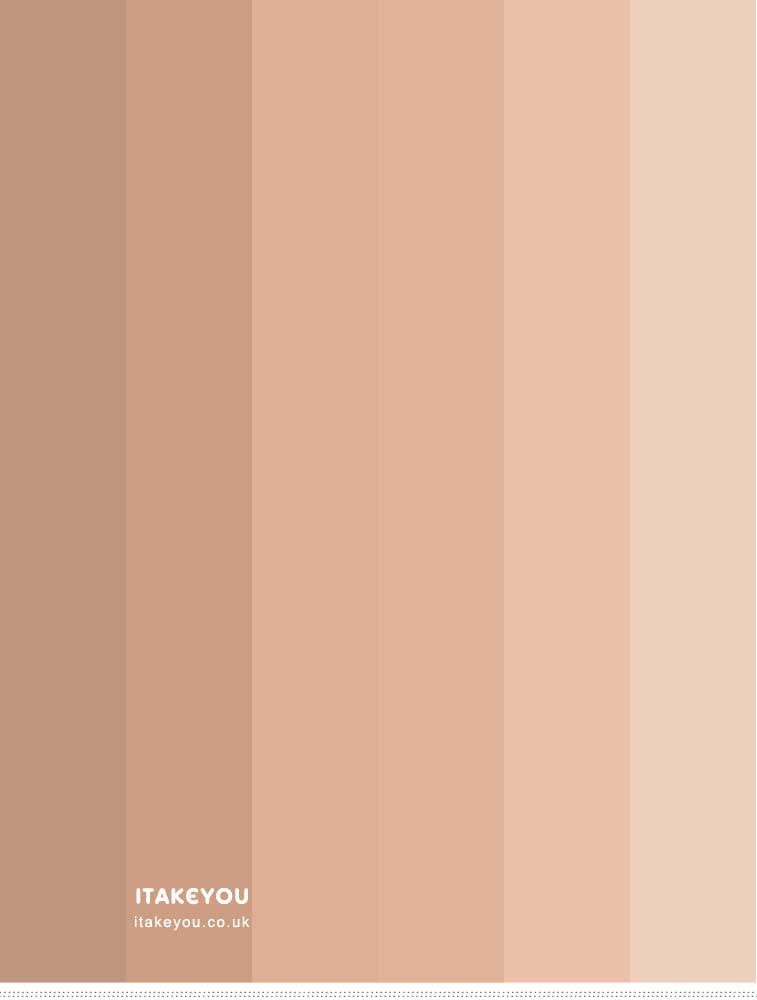




/MyDomaine_ColorPalette-Neutral-2-3590678b1c9143e28dd6b536f0a1e008.jpg)



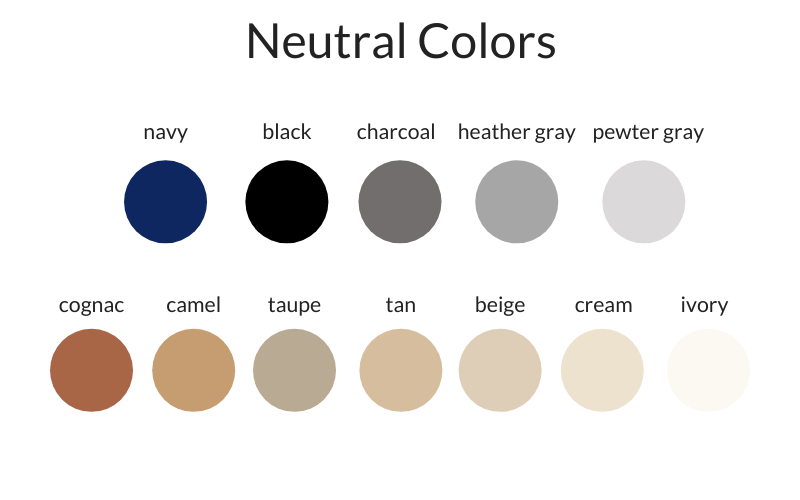
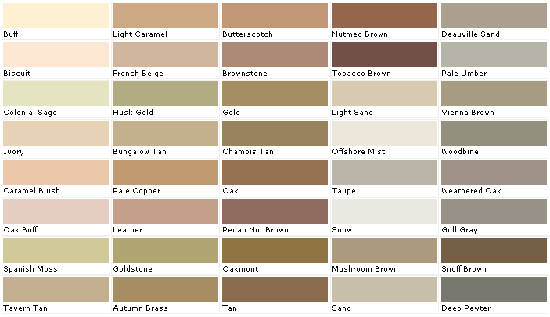







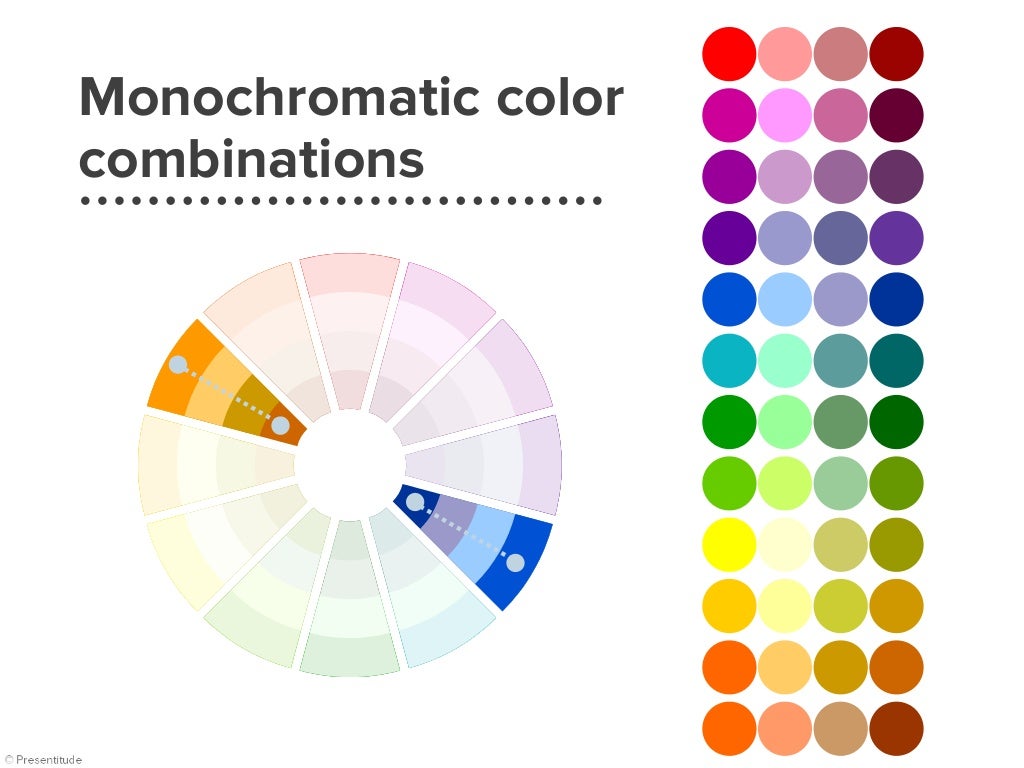



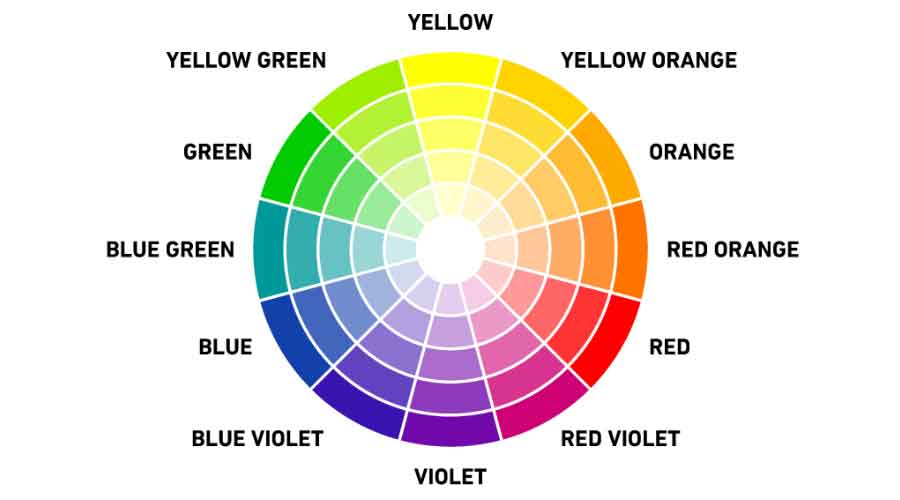
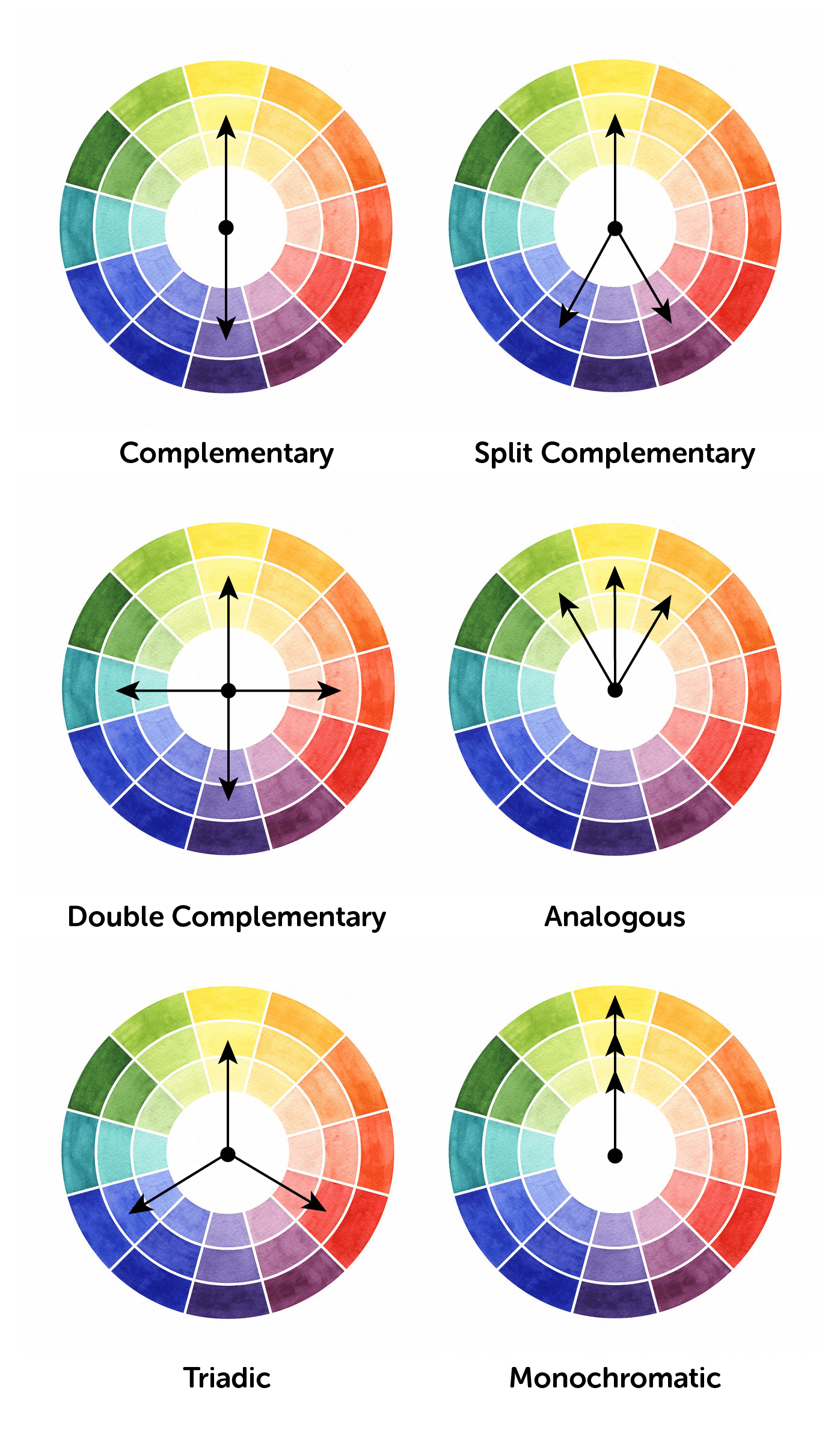


/Color-Contrast-Chart-59091b973df78c9283e31928.jpg)


/Colorwheel-58d0206f3df78c3c4f45653b.jpg)





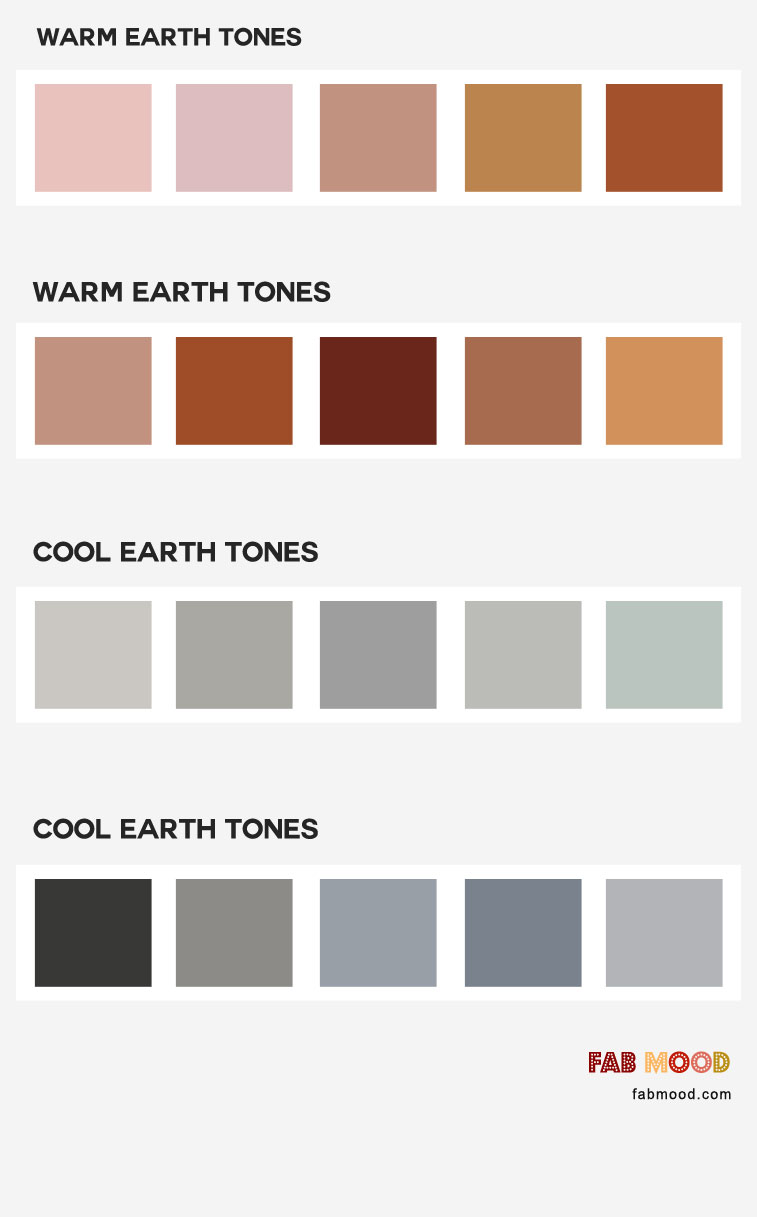


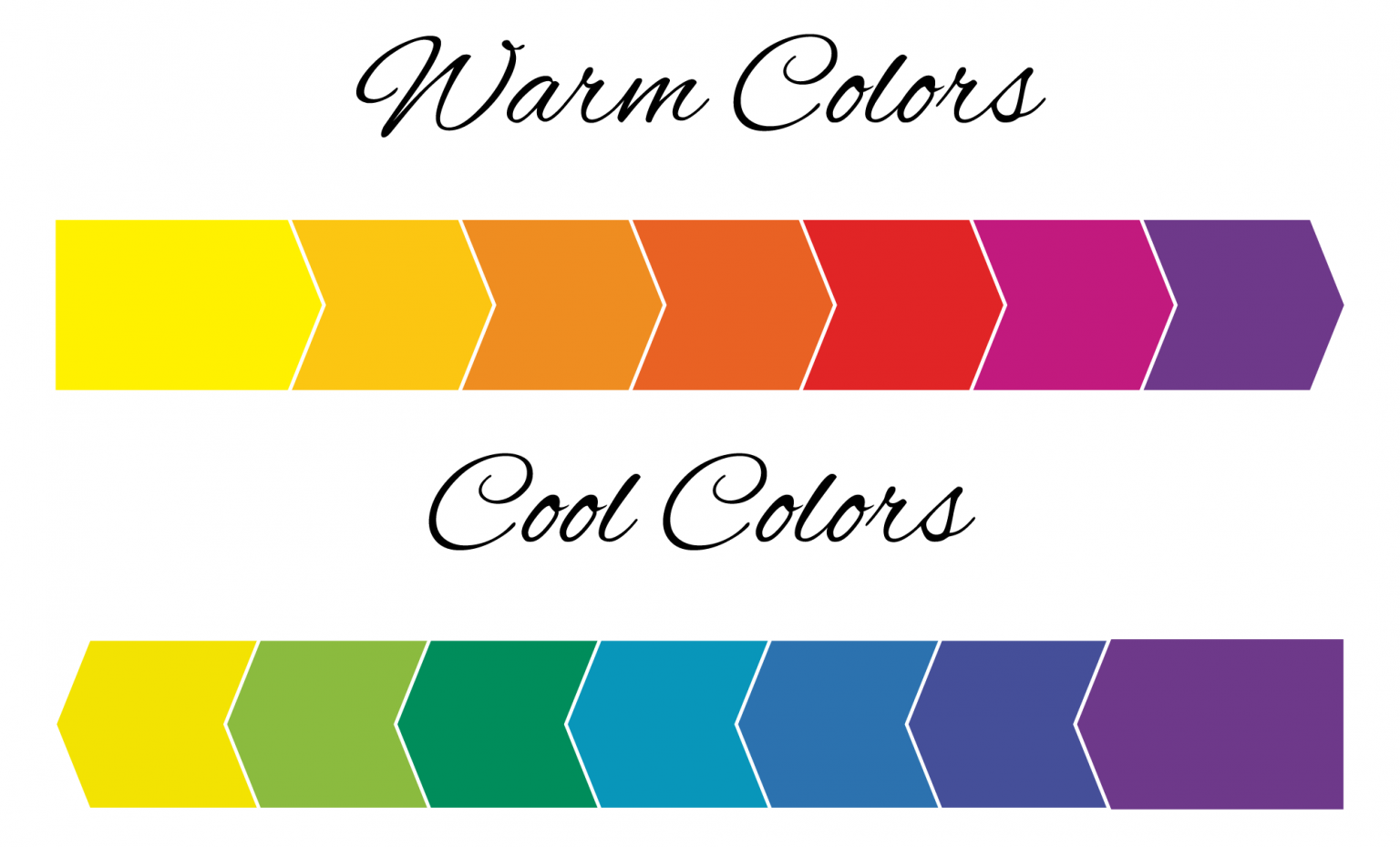


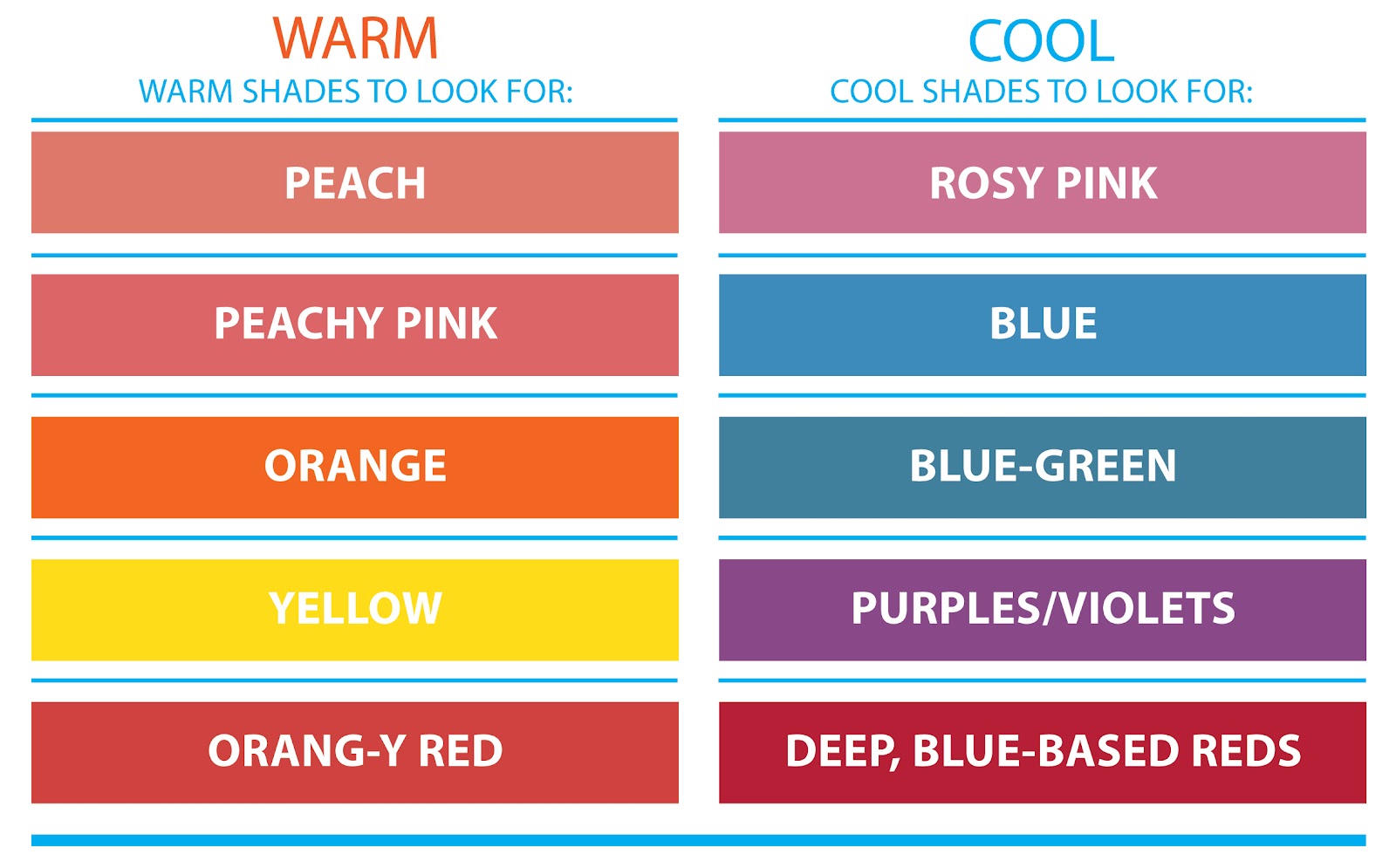



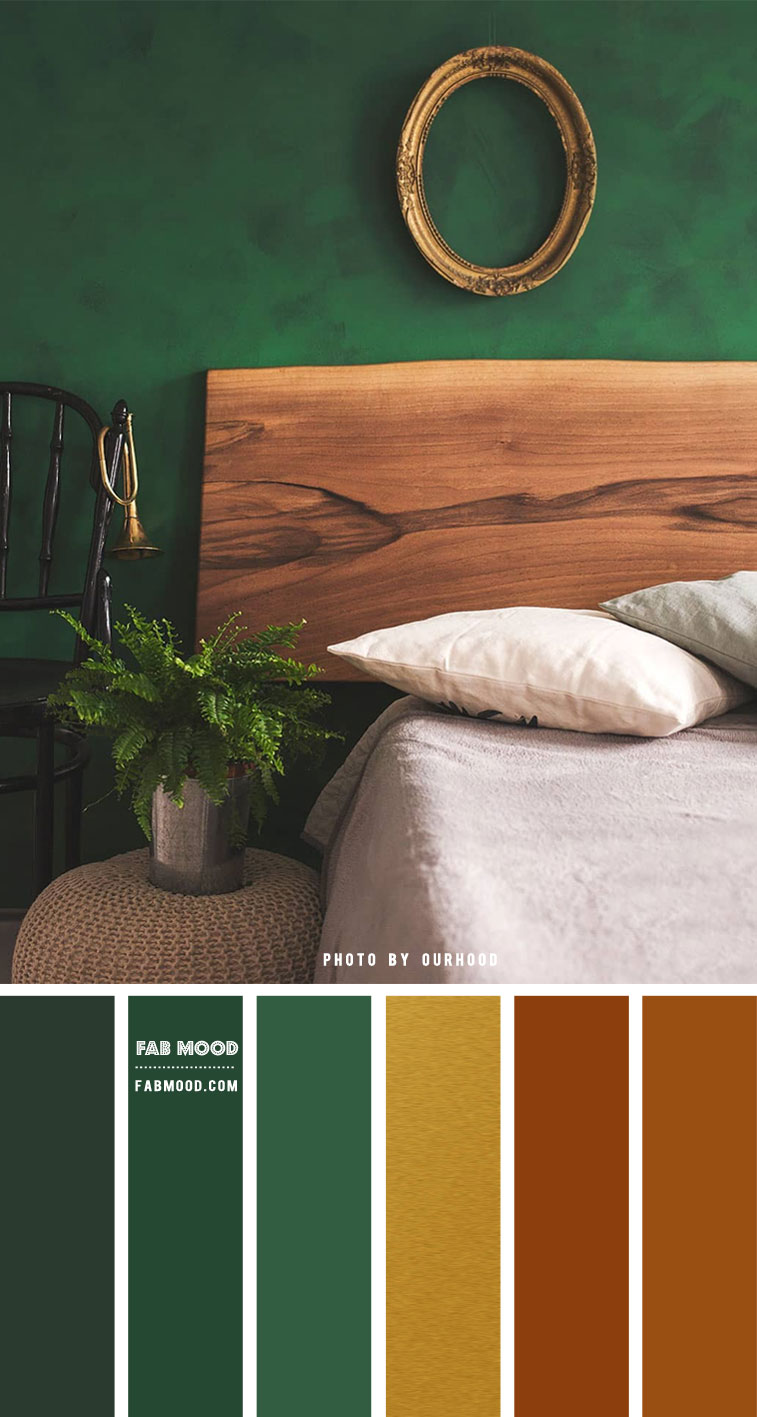
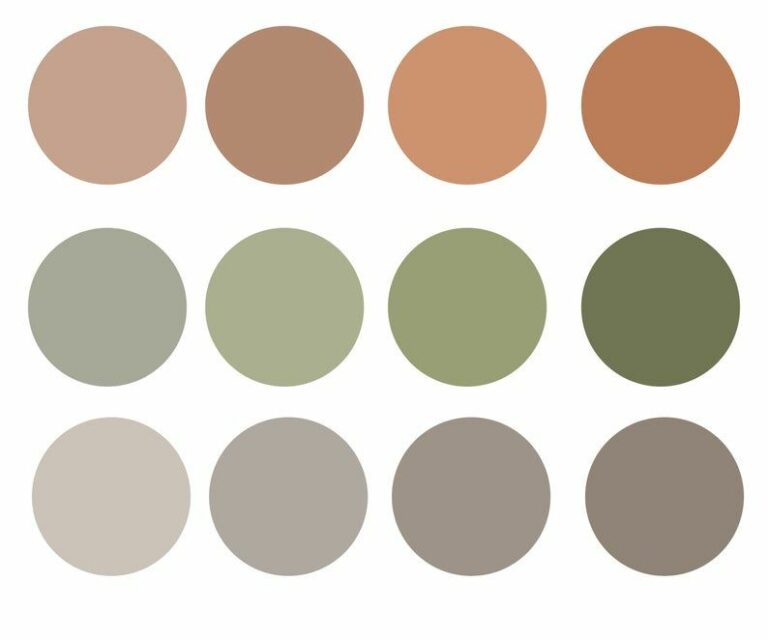



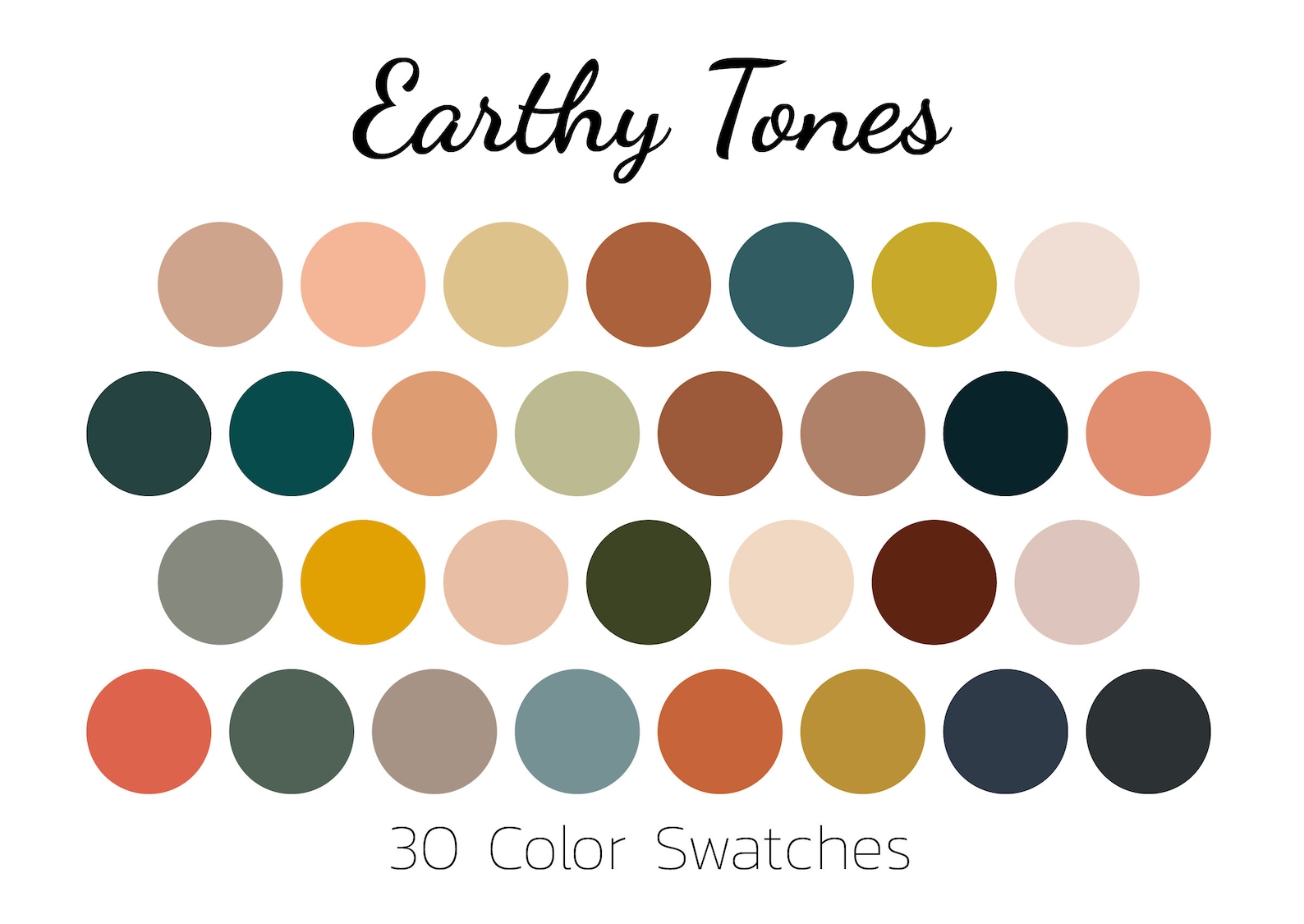










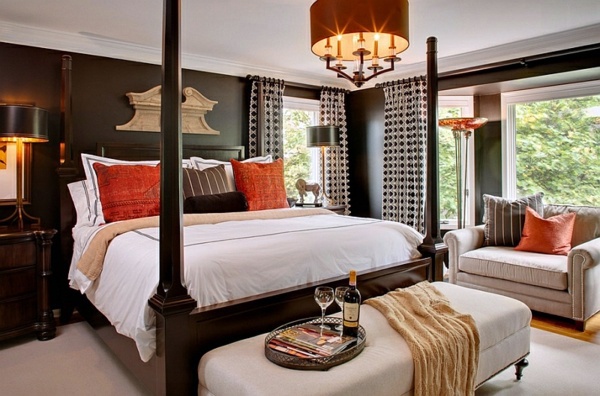
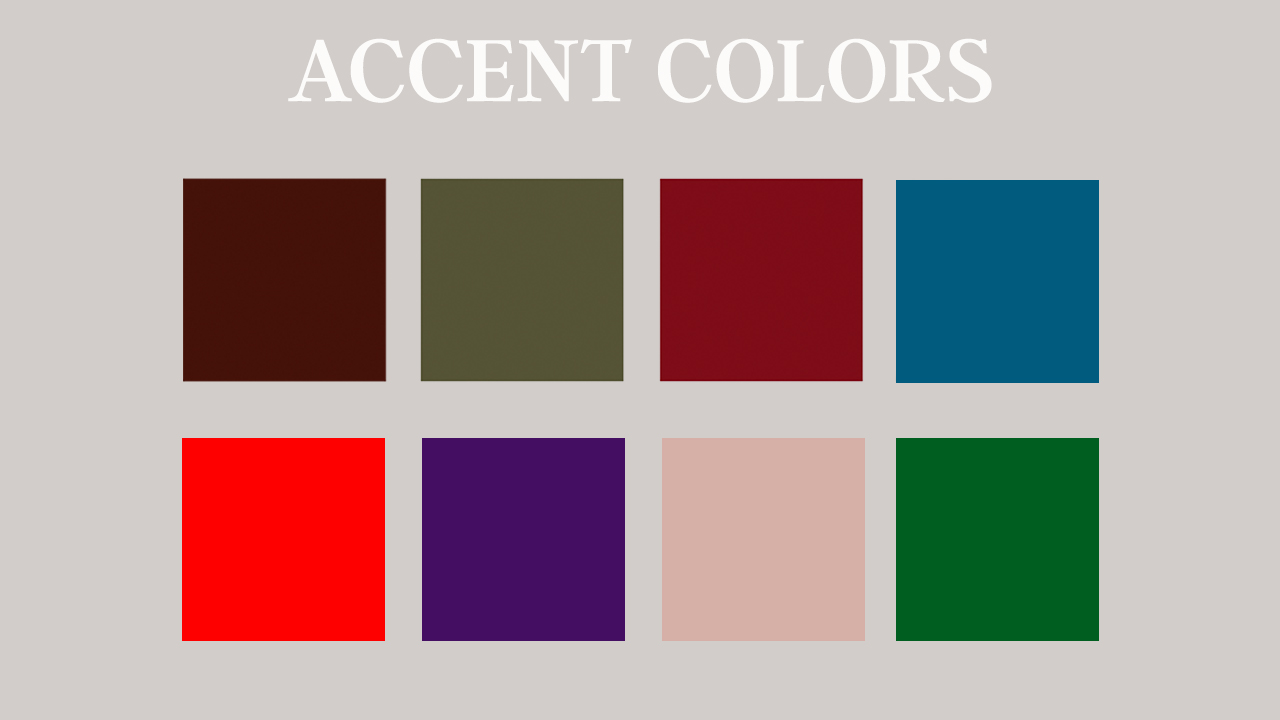







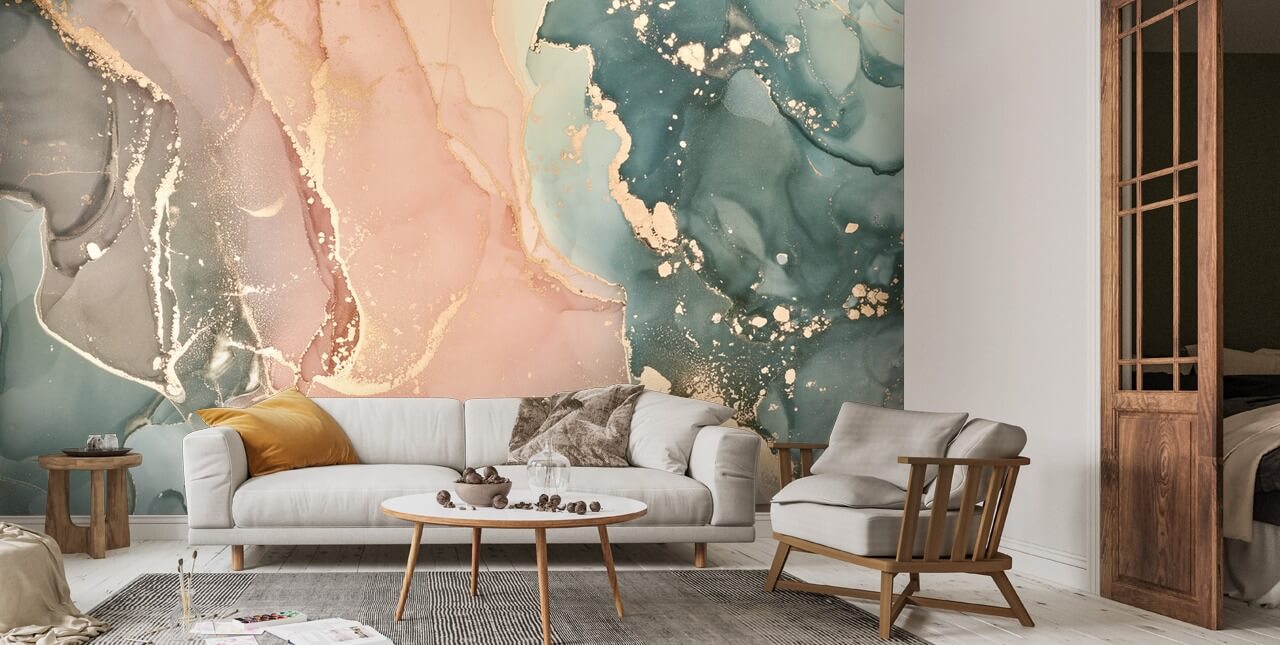
.jpg)




:max_bytes(150000):strip_icc()/Lista_complementarios-56a6e6cb3df78cf77290d98b.png)


